A service grip dead end is a component used to terminate or anchor the end of a conductor to a pole or tower. It helps to maintain the integrity and safety of the electrical system. This is by ensuring the conductors are in place even under environmental stresses. It also has designs to provide a robust anchoring point for conductors. This helps in preventing the conductors from slipping. Service grip dead ends also help in managing the tension in the conductor for reducing sag and maintaining the clearance from the ground. Service grip dead ends are from materials that provide durability and resistance to corrosion. These materials include aluminum alloys, copper, composite materials or galvanized steel. They also come with various coatings to enhance their resistance and long term performance.
Properties of a service grip dead end
Service grip dead ends has various properties that make it suitable for various uses. They aid in terminating conductors in overhead transmission lines and electrical installations. Dead end grips also make the dead end grip an essential component in various applications. They provide secure, reliable and long term termination for conductors. The following are the properties of service grip dead end.
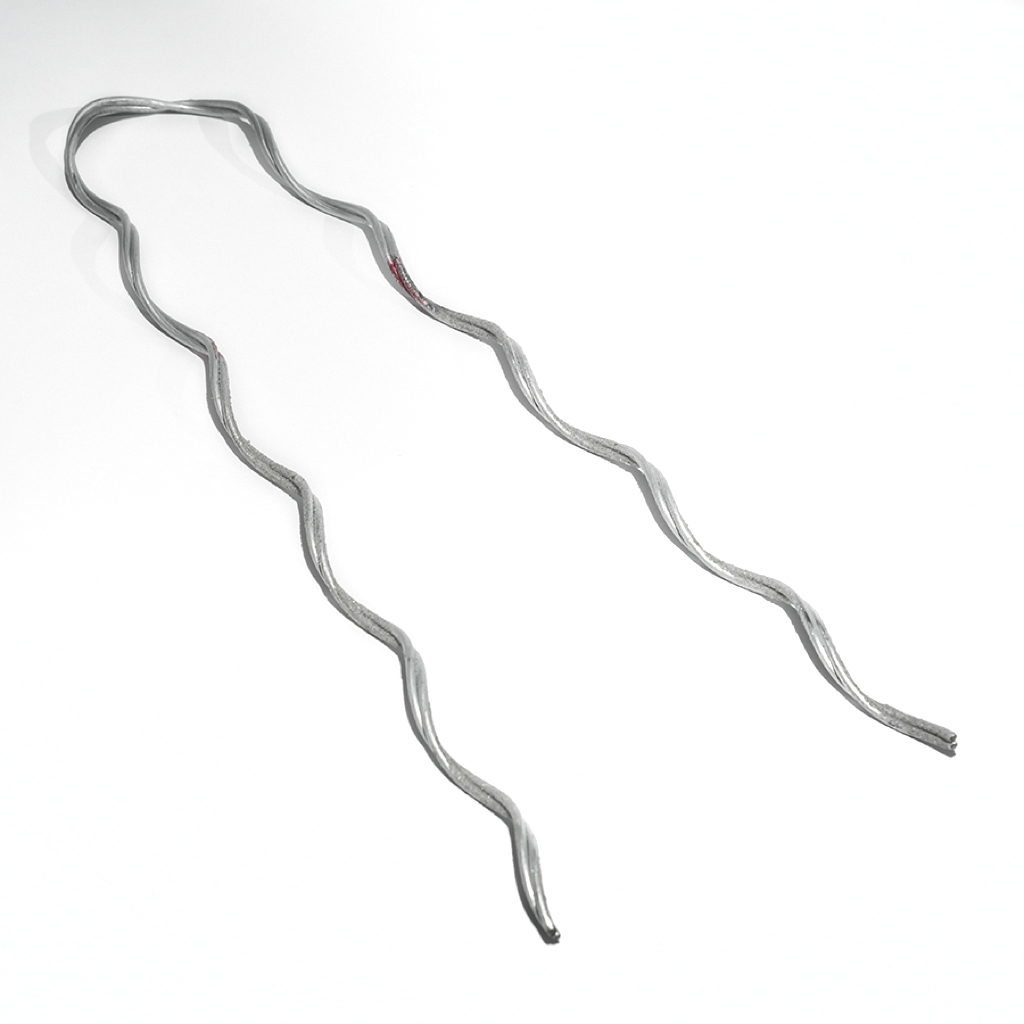
- Mechanical strength – service grip dead ends are able to handle mechanical loads without failure. The strength ensures the conductors remain anchored even under high tension.
- Material durability – they are from materials that resist corrosion and ensure long-term performance. They can also withstand extreme weather conditions like high winds, heavy rains and ice formation.
- Electrical conductivity – service grip dead ends are from materials that do not interfere with the electrical characteristics of the system. They ensure good electrical continuity when used in applications where the connection might carry current.
- Design versatility – the dead end grips are available in various sizes and designs. This is to accommodate different conductor materials and diameters. The versatility makes them suitable for a broad range of applications. They work in low-voltage residential lines to high voltage transmission lines. They also consist of helical shapes to wrap around the conductor.
- Ease of installation – service grip dead ends have designs for straightforward installation. They also have designs to install without specialized tools relying on their shape and tension to secure the conductor.
- Reliability and safety – they have a secure and no-slip grip on the conductor to ensure it remains in place under all conditions. This helps to prevent line sagging or breaking which could lead to outages.
- Flexibility and adaptability – they are able to accommodate variations in mechanical loads. This is due to changes in conductor tension, thermal expansion and contraction.
Materials used in the construction of service grip dead end
Service grip dead ends are from materials that provide durability, strength and resistance. The selection of the materials is important to ensure the components can withstand mechanical loads, corrosion and other stresses. Additionally, it is important to ensure the materials can help anchor conductors and maintain the integrity of the systems. The following are the common materials used in the construction of service grip dead ends.
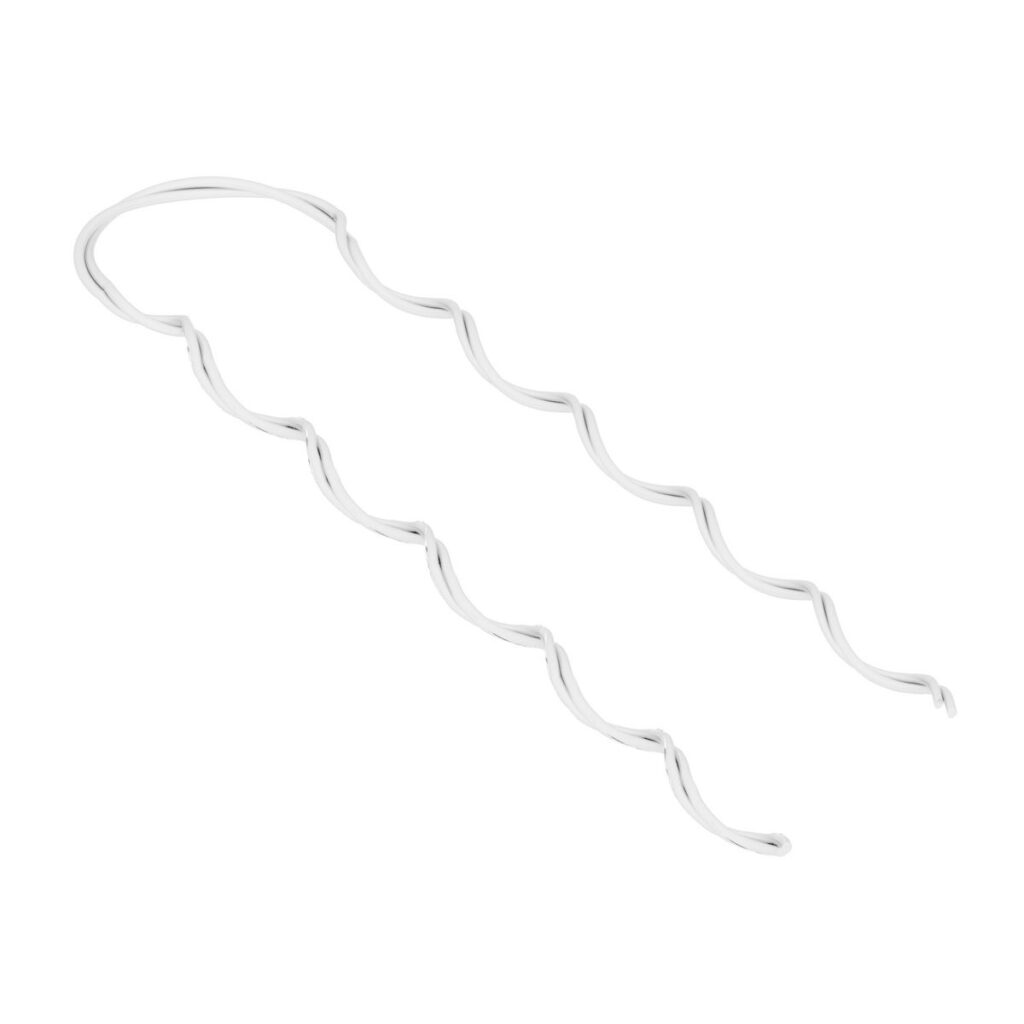
- Aluminum and aluminum alloys – these materials are lightweight, corrosion resistant and high in conductivity. This makes them easier to install and ensures minimal electrical resistance.
- Galvanized steel – these offer superior mechanical strength and can withstand high tension loads. The process coats the steel with a layer of zinc to provide excellent protection against rust and corrosion. They find use in high voltage transmission lines and industrial applications.
- Copper and copper alloys – copper has one of the highest electrical conductivities. This is to ensure minimal resistance and efficient current flow. It also provides enough mechanical strength for electrical applications. They find use in electrical installations, aerospace and military.
- Stainless steel – these materials offer resistance to rust and corrosion even in marine and coastal areas. They have high mechanical strength and can endure high tension and stress without deformation. They find use in coastal and high-risk areas.
- Polymeric materials and plastics – these materials are non-conductive which makes them ideal for insulating parts of the service grip dead end. They are easy to handle and install which reduces the weight of the electrical installation. Dead ends from these materials work with insulators, sealing and protection.
- Zinc – this material provides protection against corrosion when used as a coating on steel. It offers mechanical properties and extends the life of the underlying metal.
Testing service grip dead ends
Testing helps to ensure the reliability, durability and safety of the dead ends in electrical installations. The testing of service grip dead ends involves a combination of mechanical, electrical, thermal and environmental tests. This is to verify the strength, durability and corrosion resistance of the service grip dead ends. The following are the types of tests for testing service grip dead ends.
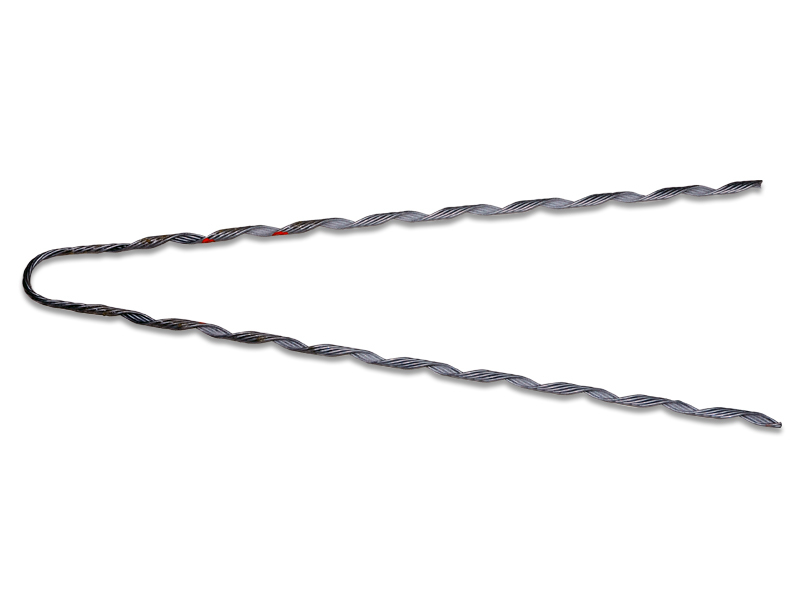
- Tensile strength test – this is to determine the greatest load the service grip dead end can withstand before failure.
- Compression test – this is to assess the ability of compression-type dead ends to hold the conductor under pressure.
- Bending test – this is to check the dead ends resistance to bending forces that might occur due to wind or other loads.
- Corrosion resistance testing – conduct salt spray test and environmental exposure test. This is to simulate the effects of corrosive environments and test their resistance.
- Electrical performance testing – conduct an electrical resistance test to ensure the dead end does not introduce significant electrical resistance in the conductor. Also, conduct high voltage test to verify the insulation and electrical isolation properties of the dead end.
- Thermal testing – conduct a thermal cycling test to simulate the effects of temperature changes on the dead end’s materials and performance. Conduct a high temperature test to determine the dead end’s behaviour under elevated temperatures.
- Creep testing – this test helps to check the long-term deformation of the dead end under sustained load.
- Installation and field testing – conduct an installation test to confirm the ease of installation and performance in actual field conditions. Simulate the operational conditions where loads may vary over time.
- Visual inspection – this helps to detect surface and internal defects that might not be visible to the naked eye. Check for cracks, corrosion or other signs of material degradation.
Coatings and treatments for the dead end grips
Service grip dead ends enjoy the coatings and treatments used on their surfaces. They enhance their performance, durability and longevity. The treatments protect the components from environmental factors. Additionally, the choice of coatings and treatments depends on the need to enhance their mechanical properties. The following are the common coatings and treatments used for service grip dead ends.
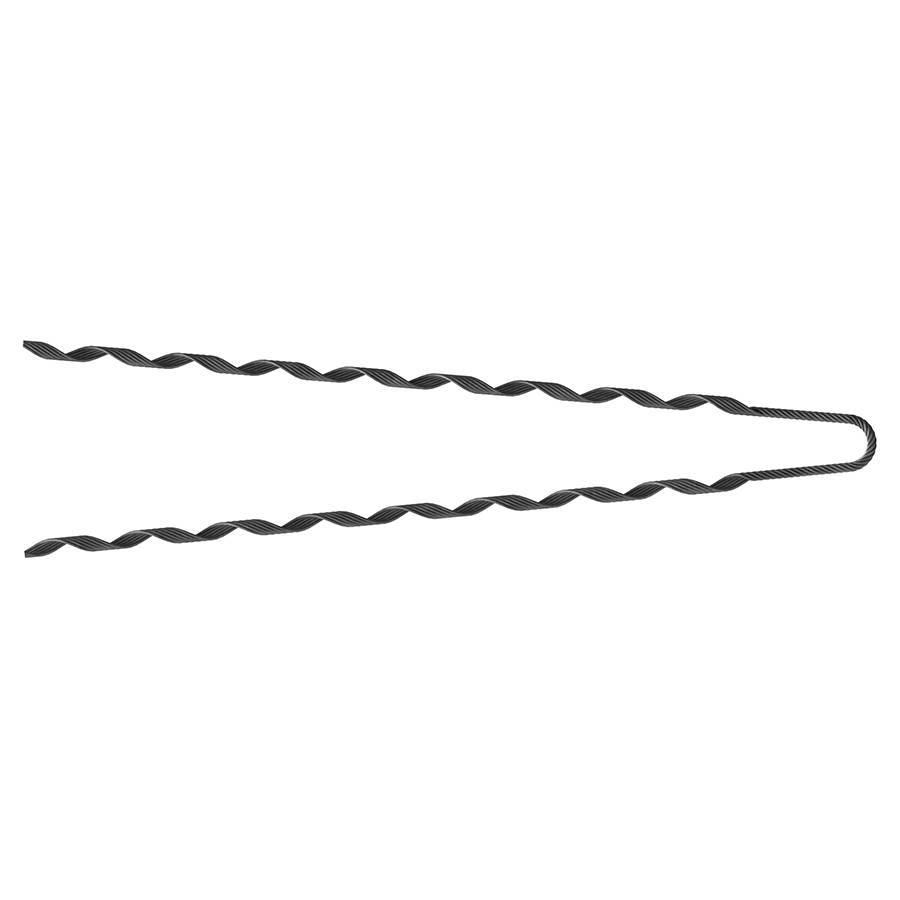
- Galvanization – the process involves dipping the dead end grip into molten zinc to form a thick zinc coating. It provides excellent protection against rust and corrosion and can last several decades. Galvanization works for steel components used in high voltage transmission lines.
- Anodizing – this involves treating aluminum service grip dead ends to form a thick protective oxide layer. It provides excellent resistance to environmental corrosion, improves surface hardness and resistance to wear.
- Powder coating – this involves applying a dry powder which is then cured under heat to form a hard protective layer on the surface. The coating resists chipping, scratching and fading. They work for both steel and aluminum components.
- Epoxy coating – these apply as liquid or powder then cured to form a solid protective layer. It provides a strong barrier against moisture and chemicals. This is for superior protection against a wide range of chemicals.
- Passivation – this is a chemical treatment that enhances the natural oxide layer on the metals. It is non-toxic and does not introduce harmful chemicals into the environment.
Standards for service grip dead ends
Service grip dead ends should follow all the relevant industry standards and regulations. This is to ensure they meet the requirements for performance, safety, and reliability. Also, compliance with the standards guarantees the structural integrity and operational efficiency. The following are the relevant standards and scope for service grip dead ends.
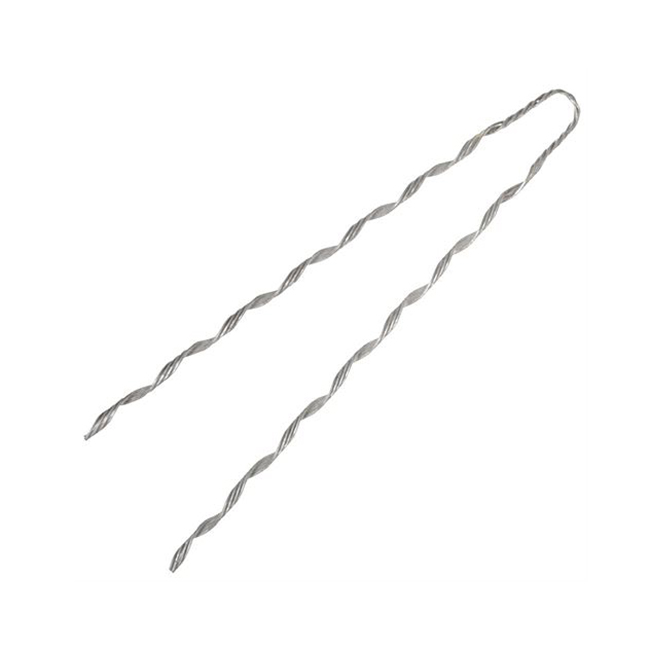
- IEEE standards – this specifies performance criteria for dead ends used in overhead transmission lines. The dead ends should have mechanical strength, corrosion resistance and electrical conductivity.
- IEC standards – this covers the requirements and tests for service grip dead ends. They should undergo mechanical tests, electrical tests and corrosion tests.
- ANSI standards – this is an American standard that specifies requirements for electrical connectors. They include mechanical and electrical tests for reliability.
- ASTM standards – this covers the requirements for zinc coating applied on iron and steel hardware. This is to ensure effective corrosion protection and durability.
Frequently asked questions
Service grip dead ends help to securely terminate conductors in overhead transmission and electrical installations. They prevent the conductor from slipping to ensure their reliability and safety.
Coatings and treatments enhance the corrosion resistance, durability and aesthetic appeal of service grip dead ends.
Service grip dead ends undergo mechanical tests, corrosion resistance tests, electrical tests and durability tests. This is to ensure they meet specified standards and performance needs.

